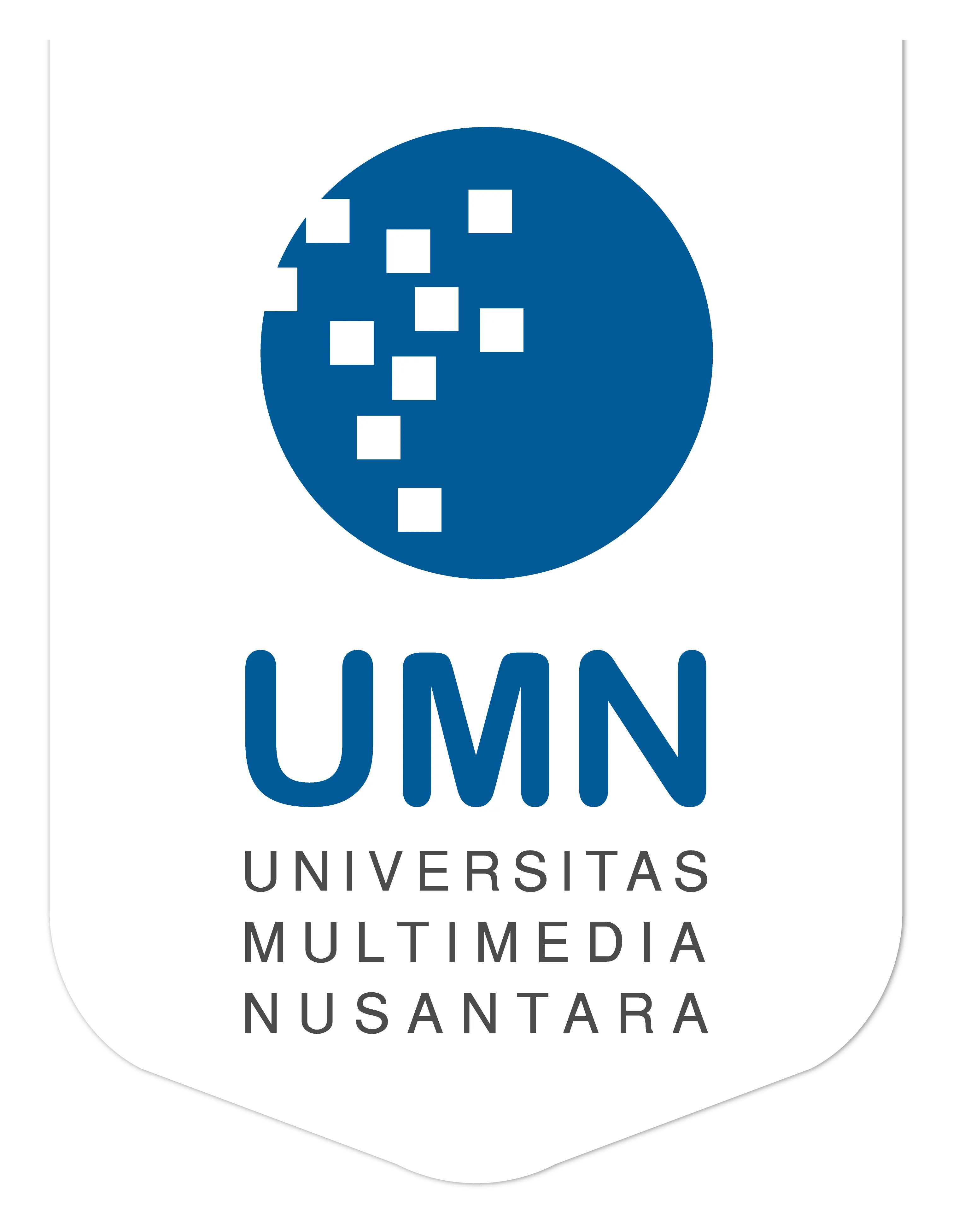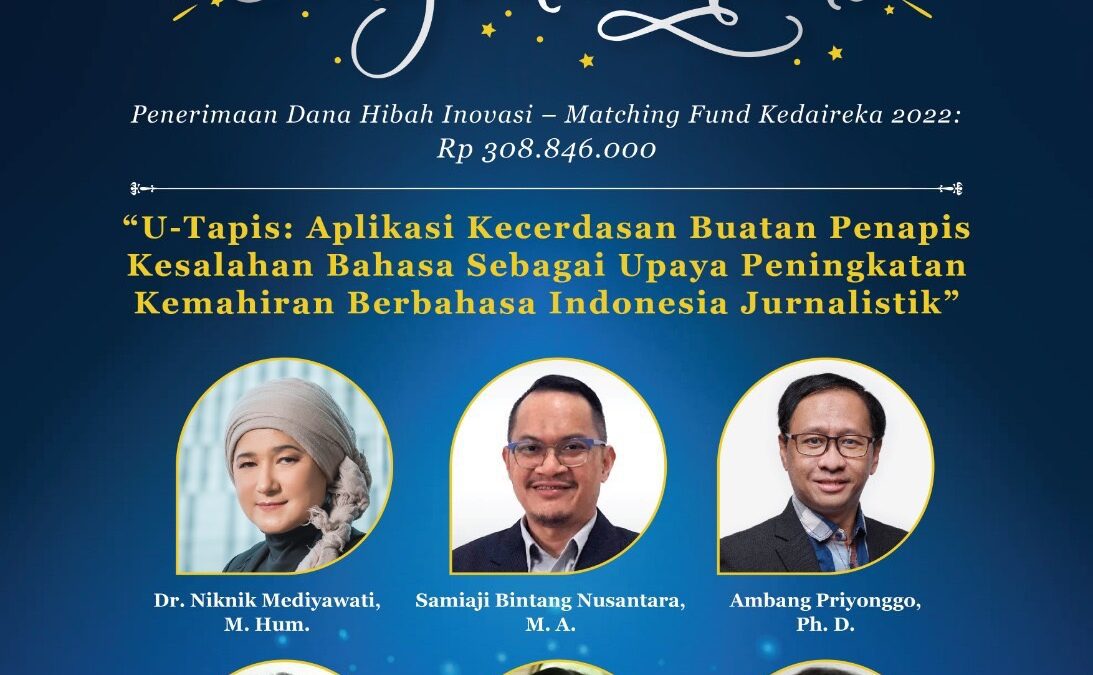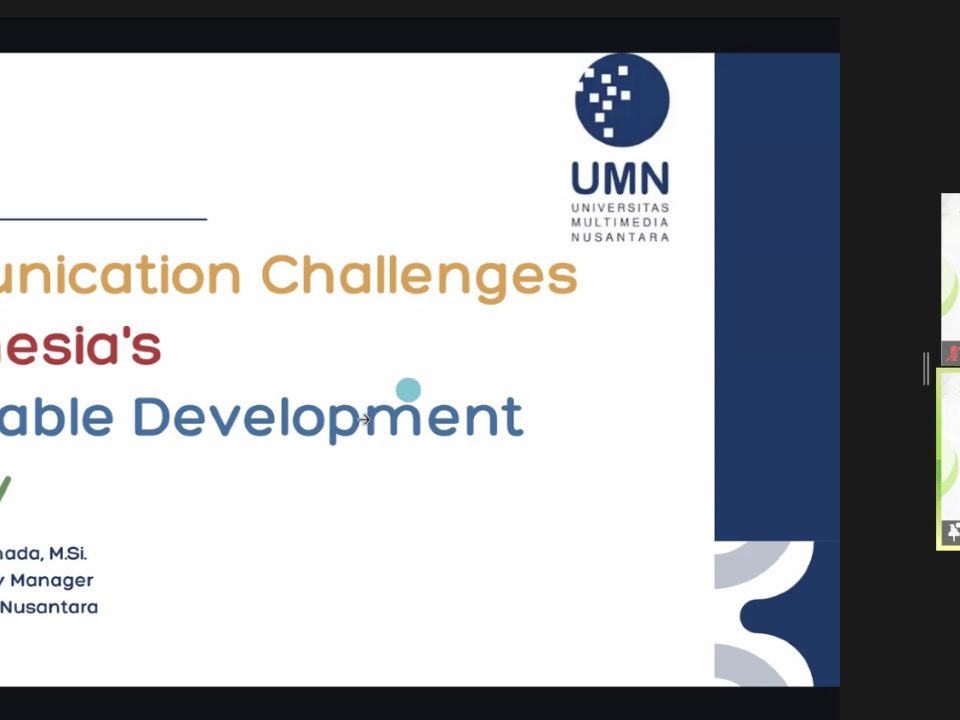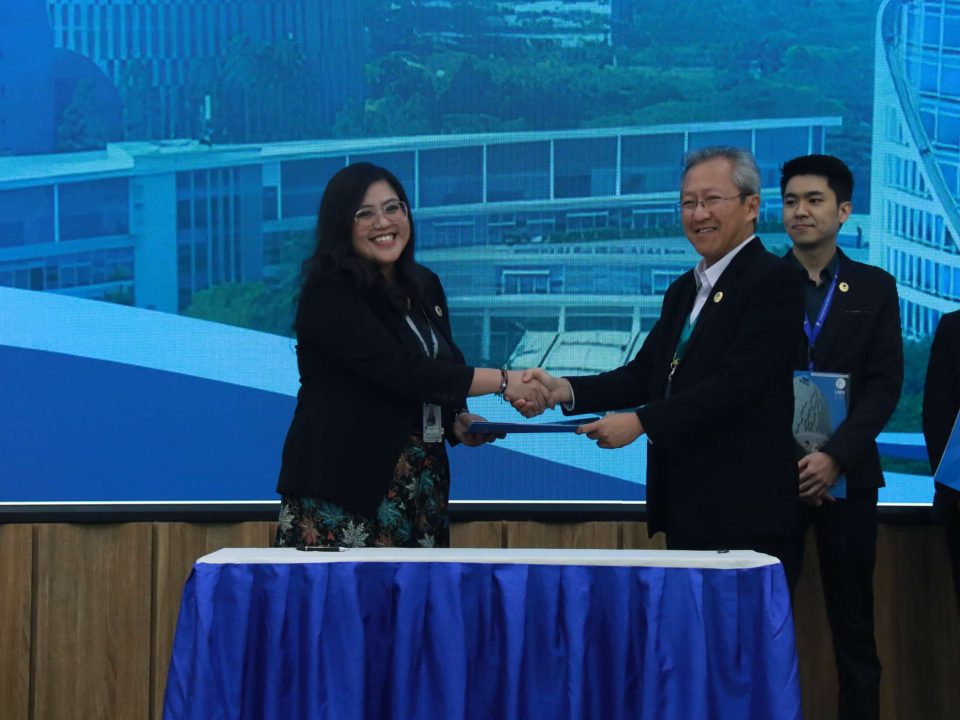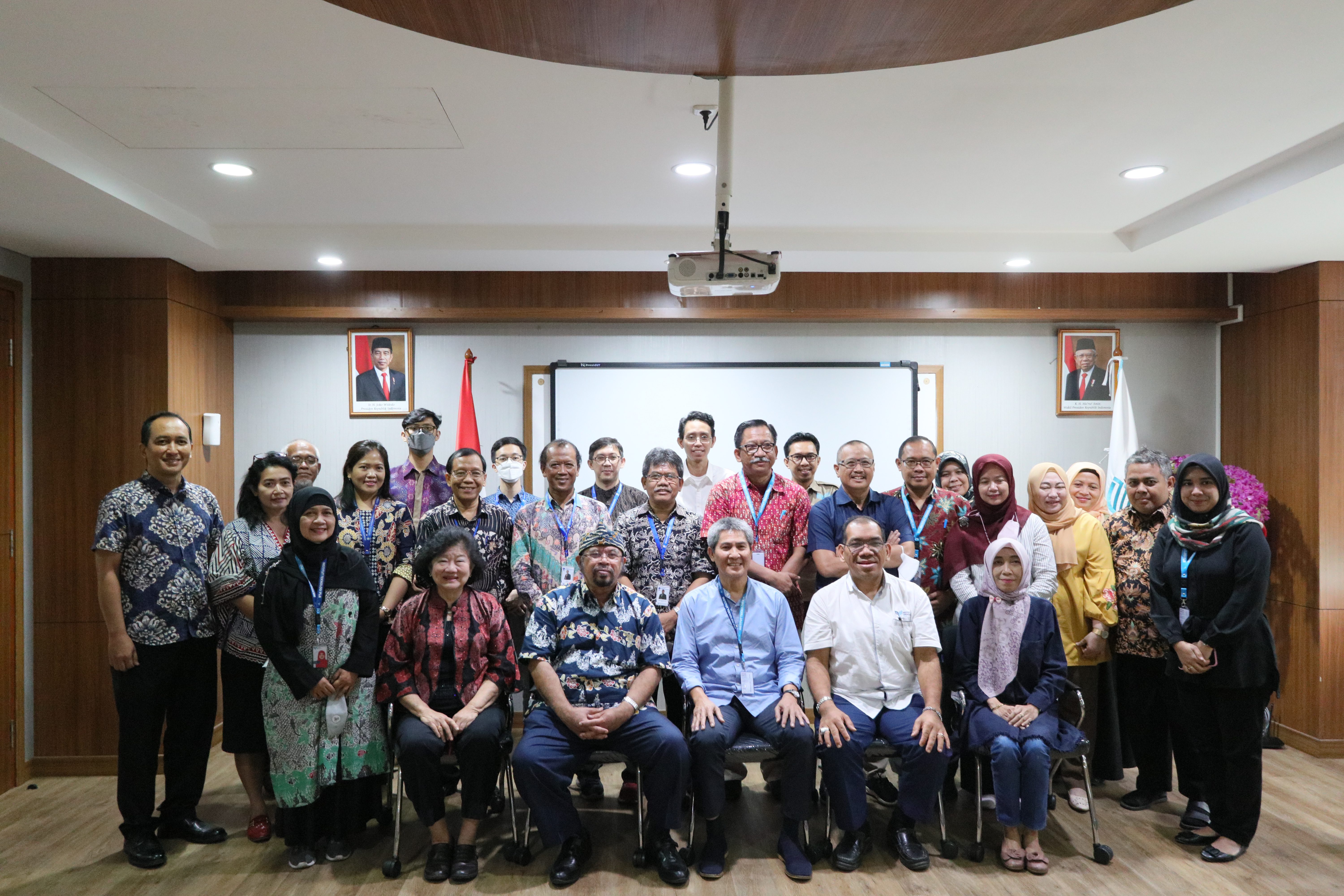
UMN Conducted a Comparative Study Visit to the PLN Institute of Technology
September 2, 2022
5 Strategic Communications Job Prospects
September 6, 2022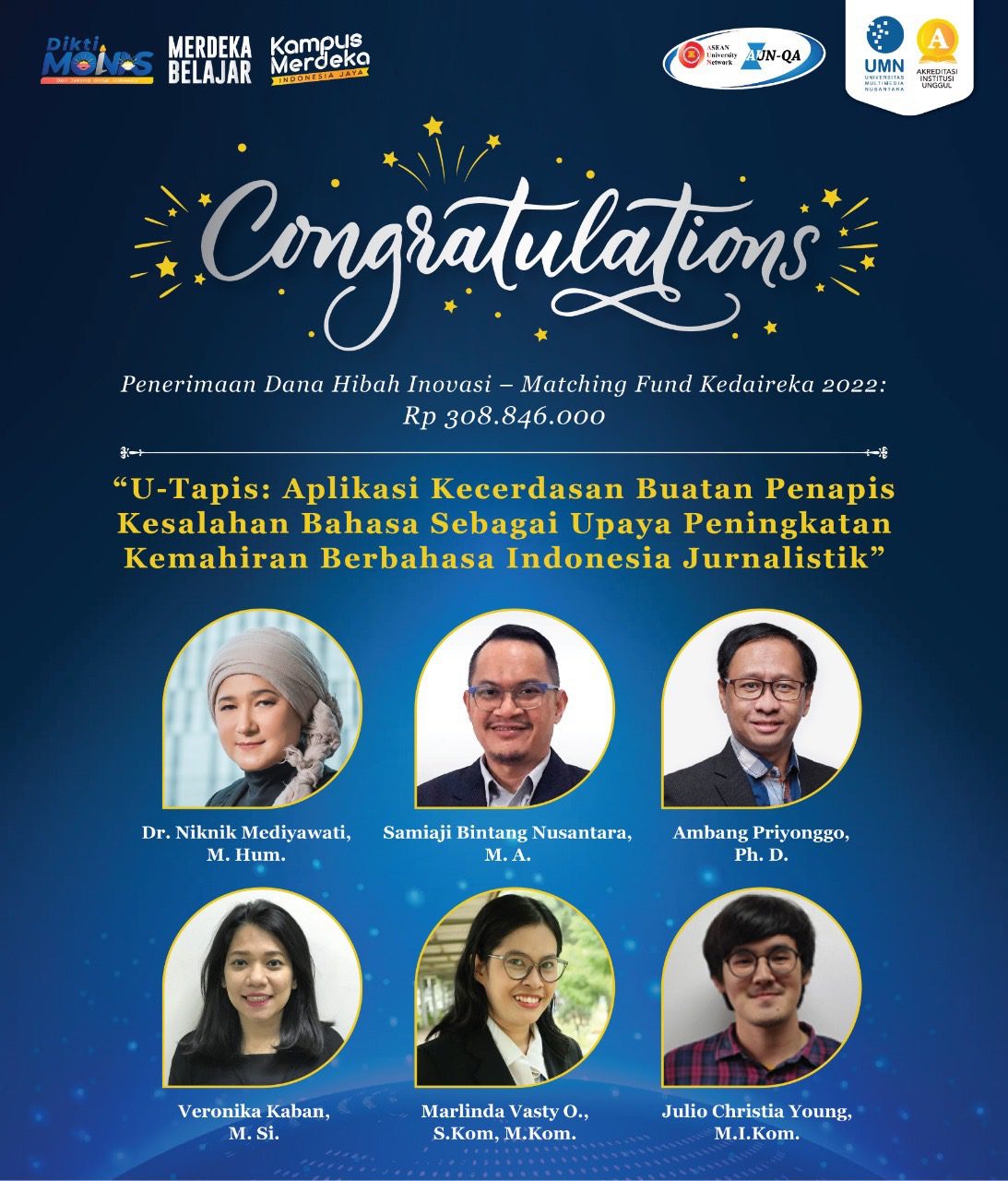
TANGERANG – Proficiat! with the innovative idea ”U-Tapis: The Application of Artificial Intelligence to Filter Language Errors as an Effort to Improve Journalistic Indonesian Language Proficiency,” the Multimedia Nusantara University (UMN) lecturer team from various faculties received a grant of Rp. 308.846.000 in theKedaireka 2022 Matching Fund Program.
Citing the official Kedaireka website, the Matching Fund is a tangible form of support from the Ministry of Education, Culture, Research and Technology (Kementerian Pendidikan, Kebudayaan, Riset, dan Teknologi/Kemdikbudristek) of the Republic of Indonesia to create collaboration and strategic synergy between Higher Education Personnel (university institutions) and the Industry. With a total allocation of IDR 1 trillion, the Matching Fund is one of the added values for forming a collaboration between two parties through the Kedaireka platform.
“Much gratitude, in the third year or 2022, we have the opportunity to join the Matching Fund Program, Kedaireka,” Niknik Mediyawati Kuntarto, UMN Journalism lecturer and head of the U-Tapis research lecturer team, said. Niknik also added that this program partners with Indonesian online media, Tribunnews.com as a user of U-Tapis.
The Background of U-Tapis
When asked about the meaning of “U-Tapis,” Niknik explained that the word ‘tapis’ based on the Indonesia Dictionary (Kamus Besar Bahasa Indonesia/KBBI), is a tool made of cloth or other materials to separate liquids from solids or separate solids of different sizes. Tapis means filter. As the name implies, U-Tapis is an application to filter language errors.
U-Tapis innovation comes from the daily workload of writing and editing news faced by the editors. Taking the case of Tribunnews.com, Niknik said that Domu Ambarita, GM Content of Tribunnews.com, said that they upload 3,000-5,000 news articles daily, and each reporter must write 20 articles. With the large number of news productions per day, the chance of error in publishing each article is relatively large. Linguistic errors in the news can reduce credibility and public confidence in the information presented by the media.
The research team of UMN lecturers believes that a journalist’s Bahasa Indonesia linguistic will affect the communication culture of Indonesian society. In the journalistic environment, the need for the ability to speak and write Indonesian properly and correctly is highly demanded because most of the interaction and communication processes occur through language, starting from reporting, interviewing sources, to reporting. Therefore, research that aims to improve Indonesian language skills through a language error filter application is needed.
“Accuracy of information on news is an important element for the media so that audiences can immediately understand information and news content conveyed by the media through accuracy in language which includes spelling, words, sentence grammar, syntax, to language logic,” said Niknik.
The benchmark for the success of U-Tapis is when it can familiarize journalists with using good and correct Indonesian and can improve their proficiency in Bahasa Indonesia. U-Tapis will also position journalists to have Indonesian language proficiency according to the Indonesian Language Proficiency Test (Uji Kemahiran Bahasa Indonesia/UKBI) standards, namely at the Intermediate level according to the 2016 Ministry of Education and Culture Regulation Number 70 concerning Indonesian Language Proficiency Standards and the 2019 Presidential Regulation Number 63 concerning the Use of the Indonesian Language.
U-Tapis Innovation Research Process
Research on the U-Tapis idea has been going on for two years. During those two years, the research team conducted various trials. Niknik explained that to detect writing errors, the U-filter system works based on a dictionary containing words that are considered valid. A word is considered an author error when it is not included/found in the dictionary. The words in the dictionary used in the U-Tapis system were obtained based on 12,750 news articles on the Kompas.com website, 23,000 on the Republika.co.id website, and 50 electronic books with public domain licenses.
All words that appear have been validated by linguists and are valid according to the Indonesia Dictionary (Kamus Besar Bahasa Indonesia/KBBI). There are 33,283 words in the dictionary used in U-Tapis. In detecting writing errors, the U-Tapis system uses a Hash Table data structure so that U-Tapis has a very fast detection capability.
The U-Tapis application has been tested on the work of journalism students and 300 news articles from Tribunnews.com. Tests conducted by a team of lecturers in small classes resulted in an application design. It was found that U-Tapis could detect and correct typos, words with affixes, and non-standard words becoming standard. It is also reported that the U-Tapis application is protected by intellectual property rights No. EC00202202998 since January 13, 2022.
Future Plans of U-Tapis
“Currently, U-Tapis is only in the form of a basic prototype and is still unable to detect linguistic errors optimally, such as slang or informal language. Therefore, further program development is needed so that U-Tapis can detect or filter linguistic errors optimally,” Niknik said. The success of the U-Tapis research team in receiving grants in the Kedaireka Matching Fund program will help further maximize the performance of U-Tapis.
Niknik also added that the program carried out at UMN is included in the leading research topic section of the Communication Studies Study Program, as stated in the 2011-2030 Research Master Plan. The design of automated fact-checking in this research will utilize information and communication technology (ICT-based) and computational methods, particularly machine learning. It is hoped that the results of this program will be able to make UMN a research center in the field of multimedia.
Congratulations to the U-Tapis lecturers and Multimedia Nusantara University research team!
By Levina Chrestella Theodora | UMN News Service
English translation by Levina Chrestella Theodora
Kuliah di Jakarta untuk jurusan program studi Informatika | Sistem Informasi | Teknik Komputer | Teknik Elektro | Teknik Fisika | Akuntansi | Manajemen| Komunikasi Strategis | Jurnalistik | Desain Komunikasi Visual | Film dan Animasi | Arsitektur | D3 Perhotelan , di Universitas Multimedia Nusantara. www.umn.ac.id
